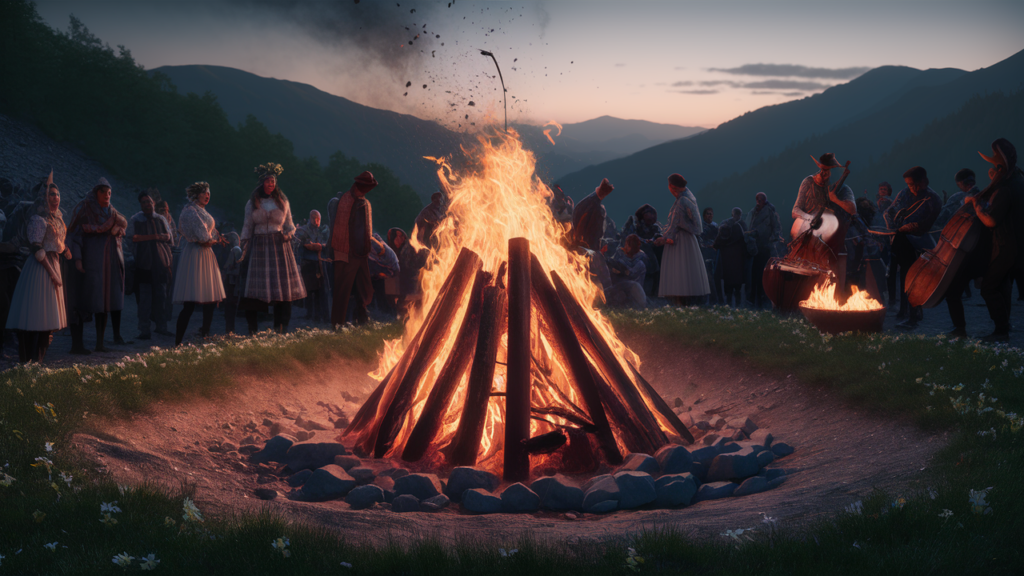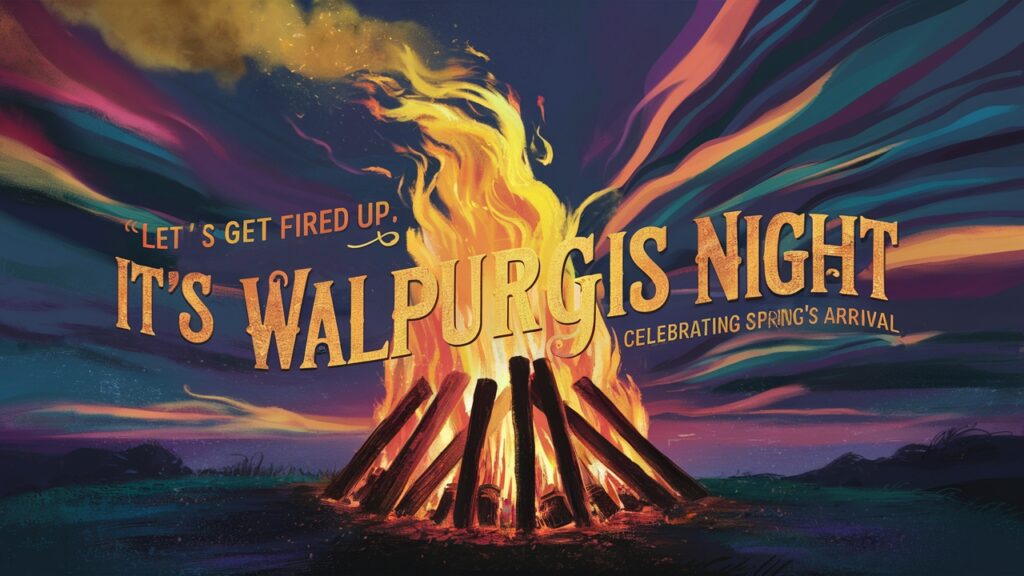Celebrate Spring’s Arrival: The Magic of Walpurgis Night
As the veil of winter loosens its grip and spring whispers promises of renewal, a vibrant festival ignites across pockets of Germany – Walpurgis Night (Walpurgisnacht).

Celebrated on the night of April 30th, this lively event is a heady mix of pre-Christian traditions, pagan rituals, and joyous revelry. Bonfires crackle, casting an orange glow on costumed revelers, while lively music fills the air, marking the symbolic banishment of winter and the jubilant welcome of spring.

This article delves into the history, traditions, and spirit of Walpurgis Night, exploring its significance in Germany and offering insights on how to capture its magic in the USA.
A Timeline of Traditions: Unveiling the Roots of Walpurgis Night
The origins of Walpurgis Night weave together a fascinating story of both history and folklore. The name itself is believed to be derived from Saint Walpurga, an 8th-century abbess revered for her missionary work in Germany. Over time, her feast day, coinciding with the pagan celebration of spring, became intertwined, creating a unique blend of Christian and pre-Christian traditions.
- Pagan Roots: Prior to Christianity, Germanic tribes celebrated spring with bonfires to ward off evil spirits and promote fertility. These bonfires, believed to cleanse the land and usher in a bountiful harvest, formed the core of the pre-Christian celebration.
- Christianization: With the arrival of Christianity, Saint Walpurga’s feast day became associated with the protection against evil spirits.
